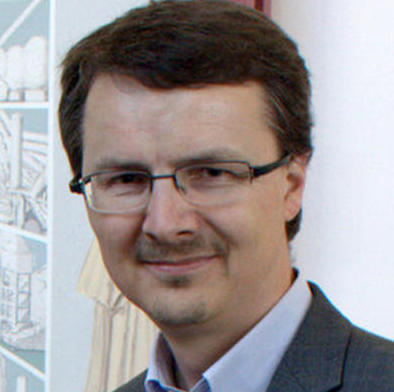

1. Title: Visual Data Science – integrating computation with interaction to master challenging data scenarios

Abstract:
The emerging information age is
challenging scientists as well as practitioners with data that is large and complex
in nature, including multi-dimensional ensemble datasets, streaming online data,
etc. Multiple disciplines respond to this challenge, including machine learning and
visual analytics, and increasingly often they understand the need to collaborate
constructively in order to achieve better result by bringing together the best from
two or more “worlds”. Visual data sci-ence exemplifies the potential of interactive
visualization, when smartly combined with modern methods from machine learning,
statistics, etc., embedding the expert user in the process where this is beneficial
(it seems to be a reasonable proposition that one should automize where possi-ble,
but not more). Particular opportunities for visual data science reside in hypothesis
generation, multi-objective optimization, ill-posed data challenges, and decision
making with human respon-sibility. We shed some light onto a narrow & subjective
selection of current research directions, including work on multi-dimensional data
exploration, simulation steering, and the optimization of user interaction by
machine learning, and address also questions related to challenges associ-ated with
the need to work interdisciplinary to conquer new grounds.
Bio: Helwig Hauser is professor in visualization and the leader of the Center for Data Science, CEDAS, at the University of Bergen (UiB), Norway. Before joining UiB in 2007 to build up a new research group on visuali-zation (vis.UiB.no), Helwig Hauser was the Scientific Director of the VRVis Research Center in Vienna, Austria, where he earlier had led the basic research group on visualization (since 2000). Helwig Hauser got his education (in Computer Science, with specialization on visualization) from the Vienna University of Technology in Austria (TU Wien), where he also completed his PhD in 1998 and his Habilitation in 2003 (later awarded by the Heinz Zemanek Award). Since 2019, Helwig Hauser is the leader of UiB’s new Center for Data Science, CEDAS (UiB.no/cedas), with a particular focus on interdisciplinary research in data science, as well as data science education and applications.
2. Title: Visualizations during the COVID-19 Pandemic

Abstract:
During the still ongoing COVID-19
pandemic, visualization has
demonstrated its unique power in communication during the information
era. In this talk, I will first present a series of visualizations
done by my team and collaborators in the beginning of 2020 on the
theme of COVID-19. Among them, some visualizations have been
broadcasted by the media with a large amount of audience. Then a
visual analytical platform for collaboratively collecting, annotating,
and analyzing a global collection of visualizations related to the
COVID-19 pandemic will be introduced. The visualization samples we
have collected through this platform could inspire further research in
the direction of understanding how visualizations interact with the
society. Key findings from this systematic approach will be discussed.
Bio: Xiaoru Yuan is a tenured faculty member in the School of Electronics Engineering and Computer Science. He currently also serves as the deputy vice director of National Engineering Laboratory on Big Data Analysis and Applications and vice director of Key Laboratory of Machine Perception (MOE), at Peking University. He leads the visualization and visual analytics lab and serves as the vice direction of Key Laboratory of Machine Perception at Peking University. He received the Ph.D. degree in computer science in 2006, from the University of Minnesota at Twin Cities. His primary research interests are in the field of visualization and visual analytics. His co-authored work on high dynamic range volume visualization received Best Application Paper Award at the IEEE Visualization 2005 conference. He and his student team won awards over multiple times in IEEE VAST Challenges. He received Okawa Research Fund Award in 2018. He served on the program and conference committees of IEEE VIS, ACM CHI, EuroVis, and IEEE PacificVis. He was organization co-chair of IEEE PacificVis 2009, poster chair of IEEE VIS 2015/2016, paper chair of IEEE VIS 2017 and PacificVis 2015, and 2021 VIS area paper chair. He is on the editor board of IEEE TVCG, Journal of Visualization and several other international journals. He initiated and co-founded ChinaVis conference in 2014. He is the director of visualization and visual analytics technical committee at China Society of Image and Graphics.